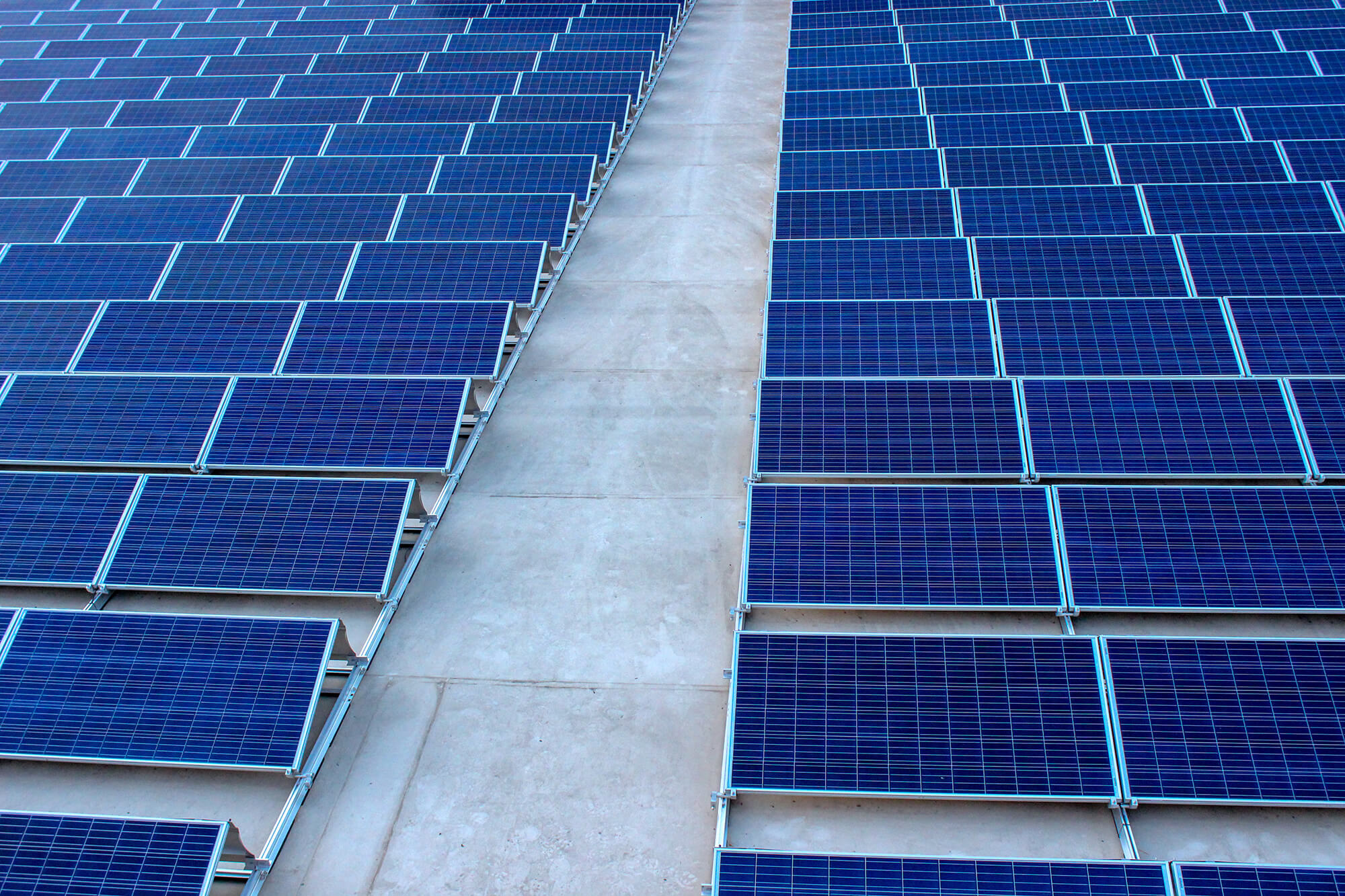There are many different factors that will affect how much your solar system will be able to produce. These factors range from panel/inverter design and construction to PV system design to positioning of the system to environmental affects.
Let’s assume that you’ve bought a decent quality system and it’s been designed correctly. What are the main factors that are going to affect your production?
- Seasons – specifically height of the sun in the sky
- Cloudy/Rainy months
- Temperature
- Shading
- System orientation
Seasons
With the maximum height of the sun in the sky varying through the year we get variations in how much solar we can produce. In winter solar production is lower whilst in summer it is higher. The further you get from the equator the more this difference between summer and winter is seen.
A good example is to think of the northern parts of Svalbard in Norway which experiences approximately 6 months of constant sunlight and 6 months of darkness. So up there your PV system would be exporting huge amounts of energy every day during summer, whilst in winter your production would be nothing.
Cloud Cover
Cloud cover is an obvious one but worth mentioning. If cloud passes over your system it will have less sunlight reaching it meaning less production.
In places like the north coast of Australia this is more significant than the seasons described above. Being close to the equator means there shouldn’t be that much variation in solar production due to the summer/winter trend. But there is a variation because of the additional cloud cover in the rainy season.
Temperature
Somewhat annoyingly, the hotter a solar panel is the less well it performs. So a solar system will perform slightly better at 11 am than at 1 pm, even though they may be getting the same amount of sunlight in each case, because at 1 pm the panels are hotter.
Shading
As much as possible, solar systems should be designed to avoid shading. Basically shading drastically reduces production unless you’ve got a special setup (e.g. micro-inverters). While this is acceptable early morning or late afternoon if you’re just cutting off the tail ends of your production time, you don’t want shade across your panels at midday.
System Orientation
The pitch and orientation of your system plays a big part in how you generate power. For example a west facing system will peak later in the day giving you more solar power when you get home, while an east facing system gives peak power in the morning.
Additionally from a yearly perspective this factor affects the magnitude of seasonal variation. The least seasonal variation between summer and winter is seen by systems orientated due North with a pitch equal to the latitude angle of the location they are installed. Any move away from this increases your summer/winter variation i.e. higher summers and lower winters.










